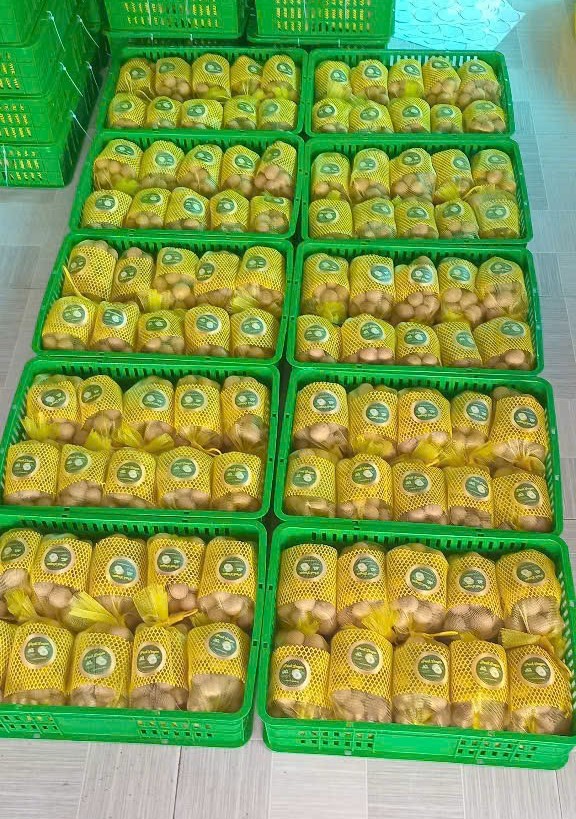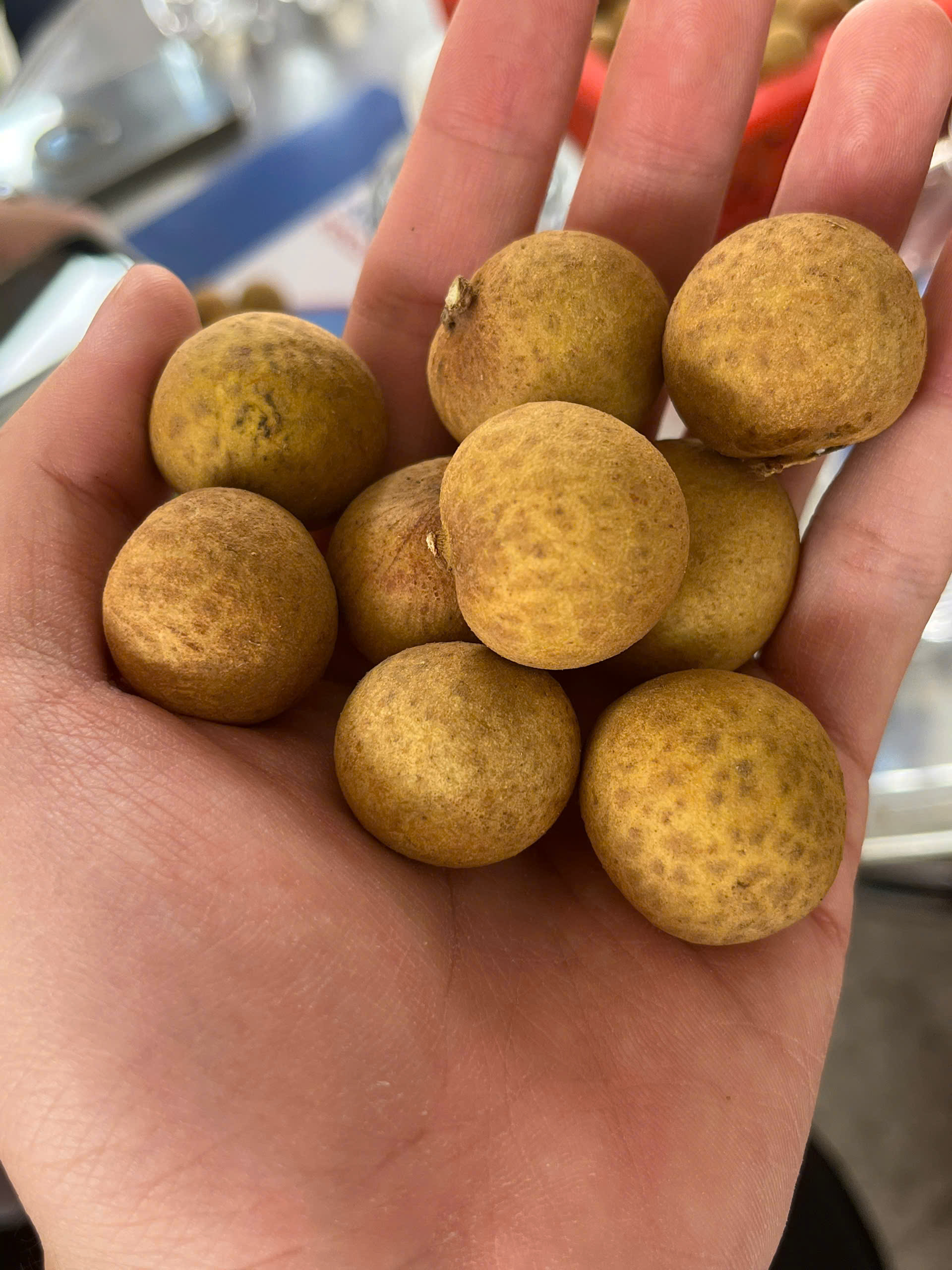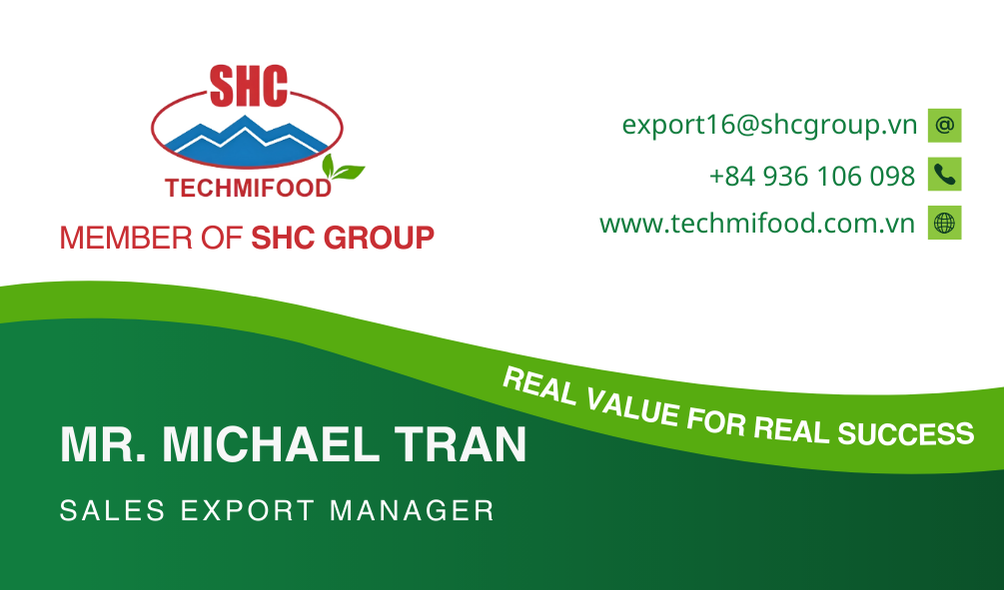In recent years, Vietnamese longan has made significant strides in expanding its presence in international markets. Once primarily consumed domestically, this tropical fruit is now gaining popularity in countries such as China, the United States, Japan, South Korea, and Australia. As demand continues to grow, Vietnam’s longan industry is embracing both opportunities and challenges on the road to sustainable export success.

A Promising Export Commodity
Vietnam is one of the world's leading producers of longan, with major growing regions in the Mekong Delta, Hung Yen, and Son La provinces. The fruit is prized for its sweet taste, juicy texture, and health benefits, making it attractive to health-conscious consumers worldwide.
Thanks to trade agreements and improved agricultural practices, longan exports from Vietnam have increased in volume and value. In particular, fresh and frozen longan products are now approved for official export to high-standard markets like the U.S. and Japan, marking a milestone for the Vietnamese fruit industry.
Market Expansion and Rising Demand
The international demand for exotic and nutritious fruits is on the rise, especially in markets focused on healthy eating. Vietnamese longan has found a niche in these segments, with exporters reporting growing orders from distributors, supermarkets, and online retailers overseas.
Furthermore, the development of cold chain logistics, improved post-harvest technology, and branding efforts has helped increase the competitiveness of Vietnamese longan in the global marketplace.

Key Challenges in Export
Despite the potential, the road to global success is not without hurdles. One of the main challenges is meeting the strict import regulations imposed by high-end markets. Requirements on pesticide residues, traceability, and plant quarantine procedures can be complex and costly for small-scale producers.
Another issue is the lack of consistency in quality and supply, often due to fragmented farming and weak linkages between farmers and exporters. In addition, branding and promotion of Vietnamese longan remain limited compared to competitors from Thailand or China.
The Path Forward
To fully leverage its export potential, Vietnam must invest in:
-
Expanding certified farming areas with export codes
-
Training farmers on GAP (Good Agricultural Practices)
-
Strengthening supply chain coordination
-
Enhancing value-added processing and packaging
-
Building strong longan brands in target markets

Government support, public-private partnerships, and international cooperation will be key to helping Vietnamese longan overcome technical barriers and achieve greater market penetration.












